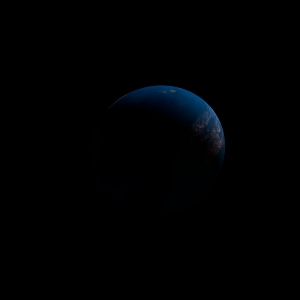|
|
Space Astro
|
Info for exoplanet "Lypthys-mun"
| Scientific (actual) data |
|---|
| Name | Kepler-331 d |
| Planet status | Confirmed |
| Radius | 0.146 |
| Orbital period | 32.1343 |
| Semi major axis | 0.159 |
| Discovered | 2014 |
| Updated | 2021-02-05 |
| Tconj | 2454980 |
| Impact parameter | 0.29 |
| Publication | Announced on a website |
| Detection type | Primary Transit |
| Alternate names | 2MASS J19272023+3918264 d, K01895.03, KIC 4263293 d, KOI-1895 d, KOI-1895.03, WISE J192720.24+391826.4 d |
| Star name | Kepler-331 |
| Right ascension | 291.83° |
| Declination | 39.31° |
| Mag j | 14.082 |
| Mag h | 13.512 |
| Mag k | 13.343 |
| Star distance | 589.63 |
| Star metallicity | -0.85 |
| Star mass | 0.51 |
| Star radius | 0.49 |
| Star temperature | 4347 |
| Star alternate names | 2MASS J19272023+3918264, KIC 4263293, KOI-1895, WISE J192720.24+391826.4 |
| Wikipedia article | Kepler-331 d |
Back
| |
| Fictional info (?) |
|---|
| Suggested name | Lypthys-mun |
| Planet type | Cold planet |
| The planet telescopically displays the complete range of phases, similar to Venus and the Moon, as it moves in its inner orbit relative to Kepler-331, which reoccurs over the so-called synodic period approximately every 151 days.
The nice surface is full of friendly but shy yet primordial insects, the "Deucescu Che", which feed in the jungle by seeking plants. Most of them are similar to the Pidsi, have 5 tentacles and vary in size from 50 to 90 mm. Deucescu Che are known to survive temperatures from 140 to 170°C and very low gravity. |
| Estimated population | 60000000 |
| Atmosphere | Carbon dioxide | 44% |
| Oxygen | 26% |
| Water | 15% |
| Methane | 15% |
| Atmospheric pressure | 0.9 bar |
 |
| No known satellites |
| Google search for Lypthys-mun |
|
Website by Joachim Michaelis
|
|
|
|